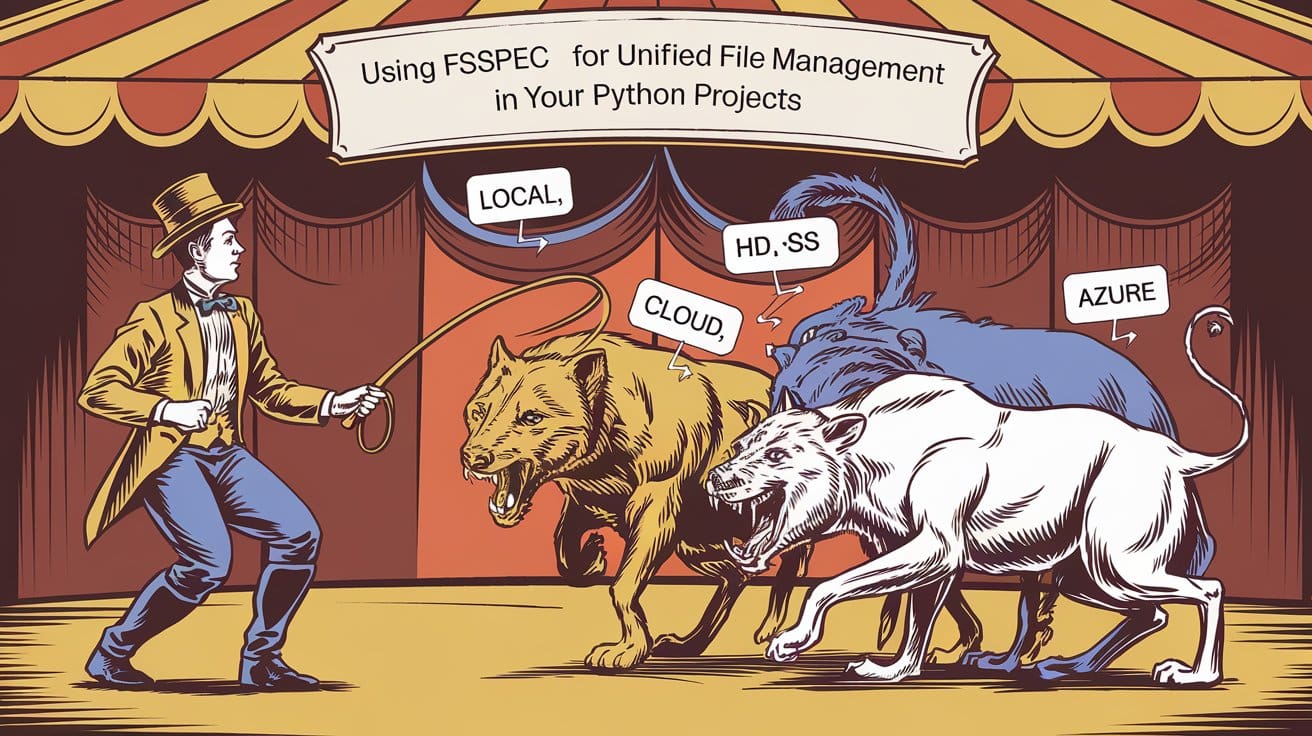Americans Have Always Bickered About Milk
The raw-milk debate is but one flashpoint in the nation’s ongoing dairy drama.

This is an edition of Time-Travel Thursdays, a journey through The Atlantic’s archives to contextualize the present and surface delightful treasures. Sign up here.
For such a ubiquitous beverage, milk is surprisingly controversial. In recent years, the drink—appetizingly defined by the FDA as the “lacteal secretion” of cows—has sparked heated disputes about its healthiness, its safety, and, with the proliferation of milk alternatives, what it even is. The ongoing outbreak of bird flu, which has spread to nearly 1,000 U.S. dairy herds and turned up in samples of unpasteurized milk, is but the latest flash point in the nation’s dairy drama, which has been ongoing for more than 150 years.
To Americans, milk has always been much more than a drink. It is a symbol of all that is pure and natural—of a simpler, pastoral time. In 1910, the writer Dallas Lore Shari rhapsodized in an Atlantic story about the scene that greeted him at his rural family farm after a day’s work in the dirty, lonely city. “Four shining faces gather round on upturned buckets behind the cow. The lantern flickers, the milk foams, the stories flow,” he wrote. Milk was a respite from the coldness and isolation of the modern age. Newer conveniences such as canned condensed milk and milk delivery could save time and money, he acknowledged, but at a spiritual cost.
Nostalgia for the bygone era of family farms and rustic comforts mounted as milk production was revolutionized. In 1859, an unnamed writer lamented the erosion of old farming practices, in one of the earliest mentions of milk in The Atlantic. He commended a new book that criticized “the folly of the false system of economy which thinks it good farming to get the greatest quantity of milk with the least expenditure of fodder.” Others viewed the introduction of technology into dairying with suspicion. “I never see a milk-cart go by without a sense of vats and pipe-lines and pulleys and pandemonium, of everything that is gross and mechanical and utterly foreign to the fields,” one Atlantic writer complained in 1920. “It is no wonder that there is something wrong with their butter.”
In spite of the pushback, milk production continued to industrialize. It simply had to: As America’s growing population demanded more milk, a safe supply became harder to maintain. Milk, in its raw form—that is, straight from the cow—is prone to contamination with potentially deadly pathogens. Stringent regulation was a matter of public health, argued Hollis Godfrey, the former president of the Drexel Institute of Art, Science, and Industry, in 1907. He claimed that, served raw, milk was responsible in some big cities for more than a quarter of deaths among children by age 5 (the drink was a major source of nutrition for young kids). Pasteurization, the process of heating milk to kill pathogens, was first introduced to major American dairies in the 1890s, to great effect. Between 1907 and 1923, New York City’s infant death rate decreased by more than 50 percent, in part a result of mandated milk pasteurization.
As milk grew safer and more accessible, it became a standard part of adult diets. Not everyone agreed that this was a good thing. Soldiers in World War I were furnished with cans of condensed milk—part of the “barbaric” and “uncivilized” meals they endured, one veteran wrote in the Atlantic in 1920. The drink became popular among women too, to the chagrin of the writer Don Cortes, who in 1957 complained in this magazine that the “trouble with the American woman is simply that she is brought up on milk.” The beverage made her so vigorous, so feisty, so “elongated” in height that she took to interests such as activism and lost all sense of femininity—or so his argument went.
All the while, skepticism about industrially produced milk remained. As I wrote earlier this year, critics of pasteurization in the early 1910s argued that it destroyed the nutritious properties and helpful bacteria in milk, a hugely oversimplified claim that raw-milk enthusiasts still make today. Some proposed experimentations with milk must have seemed shocking to the public, such as those described in a 1957 Atlantic report: “vaccinated” milk, which could contain antibodies produced by injecting cows’ udders with vaccines, or milk blended with juice, which would help children “drink their morning milk and fruit juice simultaneously.” With the advent of even newer innovations in milk in recent decades—strawberry-flavored, plant-based, and shelf-stable, to name a few—the drink’s natural connotations seem all but lost.
Milk has come a long way from the family farm; it is now mainly the purview of science and policy. Much of the pushback against innovation in milk today is not just about the milk itself but also about government overreach (indeed, milk-drinking is at its lowest point since the 1970s, but consumption of raw milk has spiked in the past year). Robert F. Kennedy Jr., the most visible raw-milk enthusiast, has vowed to end the FDA’s “aggressive suppression” of products including raw milk if he leads the Department of Health and Human Services. His vision to “Make America Healthy Again” has been embraced by some Americans who believe, just like the pasteurized-milk skeptics a century ago, that such a future represents not only better milk, but a better life.
What's Your Reaction?










.jpg?#)




















